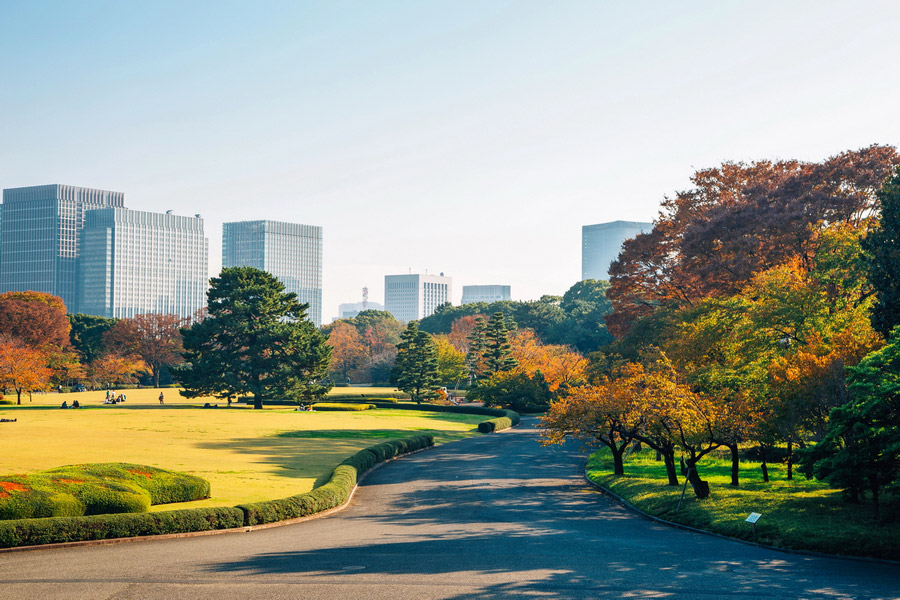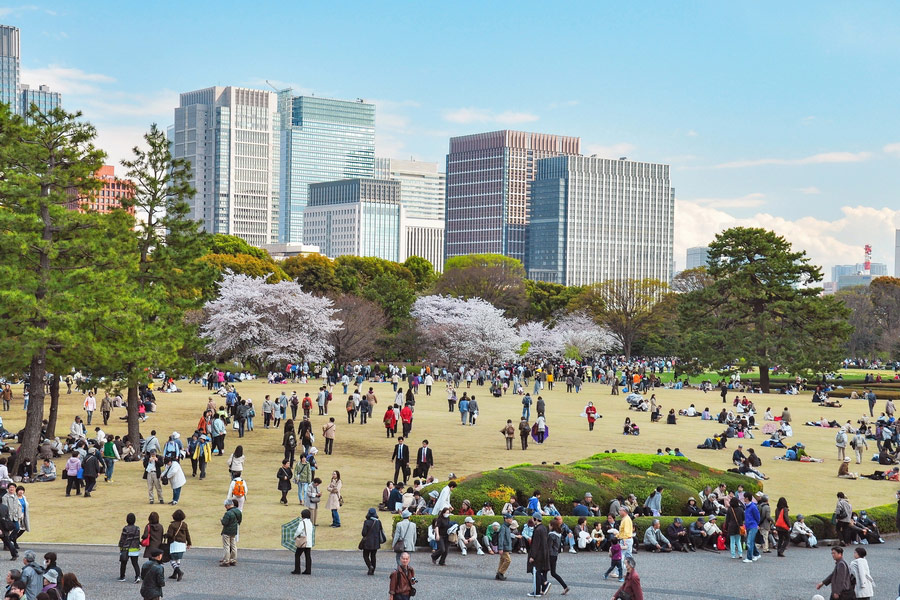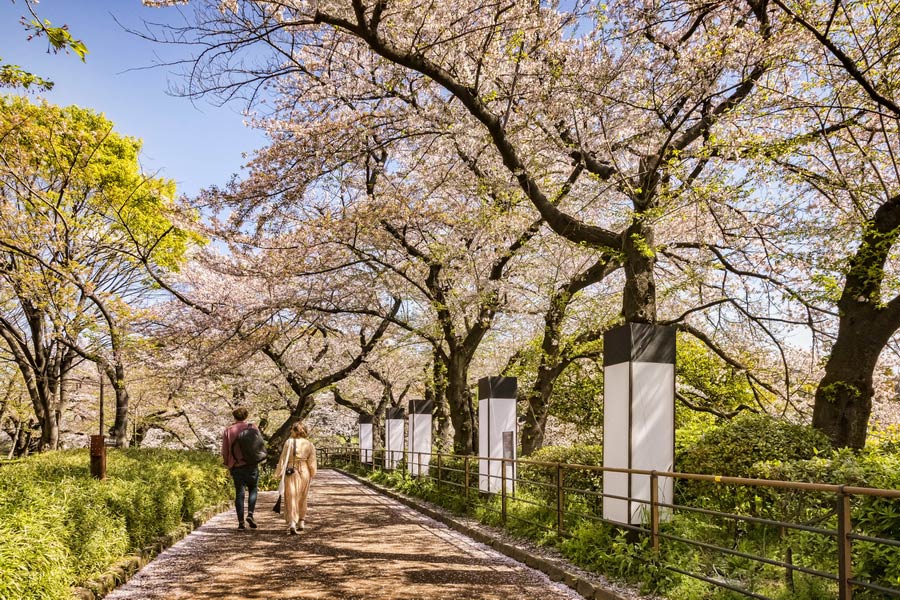Imperial Palace East Gardens, Tokyo

Imperial Palace East Gardens (皇居東御苑, Kōkyo Higashi Gyoen) in Tokyo is one of the most iconic locations in the Japanese capital, offering a rare opportunity to explore the country’s history and culture in a tranquil natural setting. This picturesque area is part of the larger Imperial Palace (皇居, Kōkyo), and includes the preserved ruins of Edo Castle.
How to Get to the Imperial Palace East Gardens
Address: 1-1 Chiyoda, Chiyoda City, Tokyo 100-8111, Japan
Located in the heart of Tokyo, the gardens are easily accessible for visitors. It’s just a short walk from Otemachi Station, which is served by the Chiyoda, Tozai, Marunouchi, Hanzomon, and Mita subway lines, or from Tokyo Station, one of the city’s major transport hubs. This makes the garden especially convenient for those arriving by train or from the airport.
History
The history of the Imperial Gardens is closely tied to Japan’s imperial family. The site was once home to Edo Castle, the residence of the Tokugawa shoguns during the Edo period (1603–1868), and later became part of the Imperial Palace grounds. While the palace itself is not open to the public, the East Gardens remain accessible, offering a unique glimpse into the world of Imperial Japan.
The gardens were opened to the public in 1949 and have since attracted both history enthusiasts and nature lovers. On its grounds you’ll find ancient architectural remnants, including stone walls from Edo Castle, as well as traditional Japanese gardens, koi ponds, and wooden bridges.
The garden is divided into two main zones, each with its own historical and cultural significance: Honmaru (“Main Circle”) and Ninomaru (“Secondary Circle”). A third area, historically known as Sannomaru (“Outer Circle”), is not officially designated as a separate zone within the modern garden layout, but the Museum of the Imperial Collections (Sannomaru Shōzōkan) is located in this area and showcases important artworks from the Imperial Household.
Honmaru Area

Honmaru is the central and most historically important part of the former Edo Castle. It once housed the shogun’s residence and main fortifications, making it the strategic heart of the castle complex.
Key features of this area include:
- Rose Garden – A peaceful spot filled with fragrant and colorful roses.
- Bamboo Garden – A grove showcasing 13 species of bamboo native to Japan and China.
- Cherry Blossom Island – Home to more than 30 varieties of sakura trees, making it one of the best hanami spots in Tokyo during the cherry blossom season.
- A small orchard with fruit tree species that were historically grown in Japan, such as Japanese pears, peaches, plums, persimmons, citrus, and heritage apple varieties.
- Wild Grass Island – A natural landscape planted with flora unique to Japan, many of which are rarely seen in urban settings.
- Honmaru O-shibafu – A central lawn area where, in 2019, the first harvest ritual was held to mark the emperor’s accession to the throne.
Ninomaru Area

The Ninomaru area once surrounded Honmaru and served as a critical defensive perimeter. It housed residences for senior samurai and high-ranking officials. Today, it is one of the most visually stunning sections of the garden.
The Ninomaru features seasonal plants such as cherry trees, irises, pines, and Japanese maples. The iris garden here includes 84 varieties, brought from the renowned iris gardens of Meiji Shrine. In spring and autumn, the area is particularly popular for its colorful and picturesque scenery.
Sannomaru and the Museum of the Imperial Collections
Although not formally designated as a garden zone today, the historical Sannomaru area – once home to lower-ranking samurai and support buildings – is now known for housing the Museum of the Imperial Collections (Sannomaru Shōzōkan). This museum offers rotating exhibitions of rare and valuable artworks, historical items, and crafts passed down through the Imperial family.
Tower Ruins
One of the most important historical landmarks in the gardens is the ruin of the Tenshukaku, the main keep of Edo Castle. Built in 1607 under Tokugawa Ieyasu, it stood 44.8 meters tall and was once the tallest castle tower in feudal Japan. It was destroyed in the Great Fire of Meireki (明暦の大火) in 1657 and never rebuilt.
All that remains is the massive stone foundation, now a popular viewpoint within the East Gardens. From here, visitors can enjoy sweeping views of Tokyo, where ancient stone walls contrast with the skyline of modern skyscrapers.
Opening Hours
- Hours: Open daily from 9:00 AM to 5:00 PM
- Closed: Mondays and Fridays
- Admission: Free of charge
Note: The garden may be temporarily closed during official events or by order of the imperial family.
Imperial Palace East Gardens offer a peaceful escape from the energy of central Tokyo. With their deep historical roots, seasonal natural beauty, and cultural significance, they are an essential destination for anyone interested in Japanese history, garden design, or simply seeking a serene place to reflect.
A visit at any time of year promises a memorable experience and a deeper connection to Japan’s imperial legacy.

